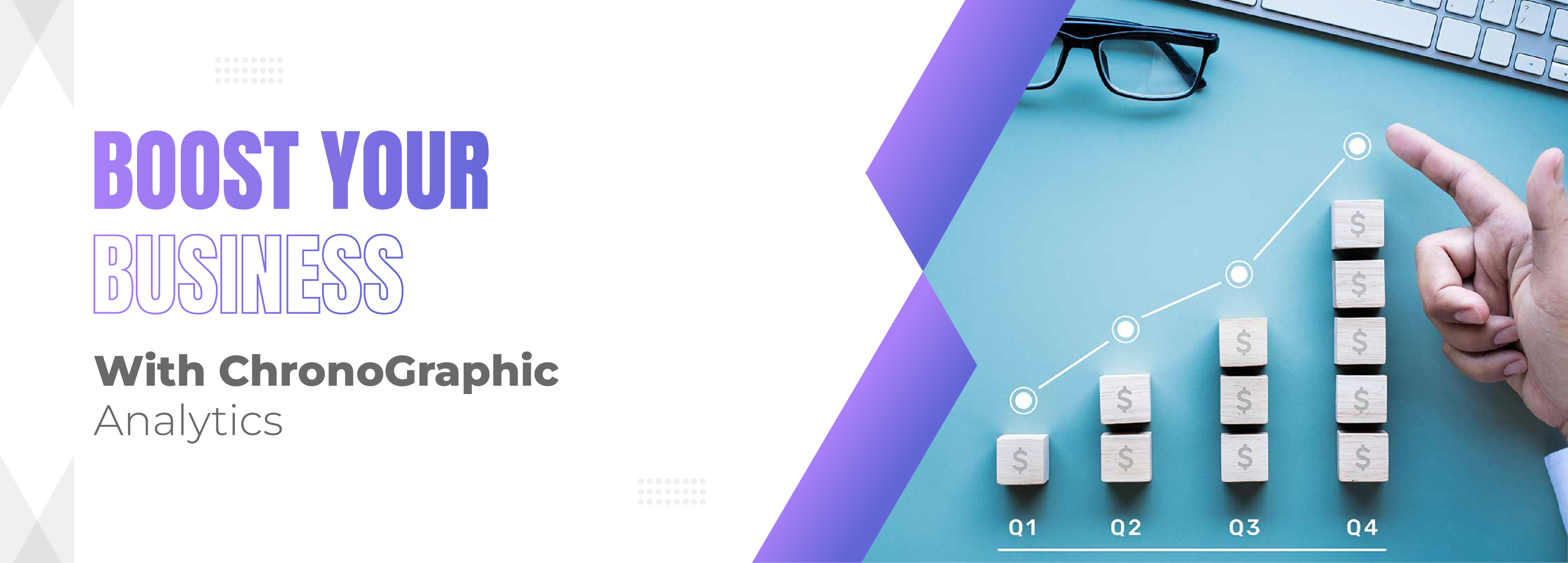In today’s data-driven world, businesses are constantly seeking innovative ways to leverage data to drive growth and gain a competitive edge. One such cutting-edge approach is ChronoGraphic Analytics by Microdata Lake. This revolutionary method combines the power of chronological data analysis with advanced data visualization techniques to uncover valuable insights and propel business growth. In this article, we’ll delve into the intricacies of ChronoGraphic Analytics and explore how it can transform your business.
What is ChronoGraphic Analytics?
ChronoGraphic Analytics is a sophisticated data analysis technique that focuses on analyzing data over time. It involves examining chronological data sets to identify patterns, trends, and correlations that may not be apparent through traditional analysis methods. By visualizing data chronologically, businesses can gain a deeper understanding of how their operations evolve over time and make informed decisions based on historical trends.
Why is ChronoGraphic Analytics Important for Business Growth?
Understanding the temporal aspects of data is crucial for businesses looking to drive growth and improve performance. Data visulization allows organizations to:
Identify Long-term Trends:
By analyzing data chronologically, businesses can identify long-term trends and patterns that may not be apparent when examining data in isolation. This insight enables businesses to make strategic decisions that align with future market trends and consumer behavior.
Detect Seasonal Patterns:
Many businesses experience seasonal fluctuations in demand, sales, and other key metrics. Data visualization helps businesses detect and analyze these seasonal patterns, allowing them to optimize their operations and capitalize on peak periods of activity.
Track Performance Over Time:
Monitoring key performance indicators (KPIs) over time is essential for assessing business performance and identifying areas for improvement. Data Analytics enables businesses to track KPIs longitudinally and visualize performance trends, empowering them to make data-driven decisions to drive growth.
Predict Future Outcomes:
By analyzing historical data chronologically, businesses can develop predictive models to forecast future outcomes and trends. This predictive capability enables businesses to anticipate market shifts, identify emerging opportunities, and proactively address potential challenges.
How Can Businesses Implement ChronoGraphic Analytics?
Implementing Microdata Lake ChronoGraphic Analytics requires a strategic approach and the right tools and technologies. Here are some steps businesses can take to harness the power of Analytics:
Define Objectives:
Clearly define the business objectives and goals you aim to achieve through ChronoGraphic Analytics. Whether it’s optimizing operations, improving customer experience, or increasing revenue, having clear objectives will guide your analysis and decision-making process.
Collect Relevant Data:
Gather relevant data sources that capture the chronological aspects of your business operations. This may include transactional data, customer interactions, website traffic, and other temporal data sets.
Choose the Right Tools:
Select data analytics tools and platforms that support ChronoGraphic Analytics. Look for tools that offer robust visualization capabilities, time-series analysis functionality, and predictive modeling capabilities.
Analyze Data:
Use ChronoGraphic Analytics techniques to analyze your data sets and uncover valuable insights. Visualize data chronologically using graphs, charts, and other visualization techniques to identify patterns, trends, and anomalies.
Iterate and Refine:
Continuously iterate and refine your Predictive analytics approach based on insights gained from your analysis. Regularly review your data analytics processes, update models, and adjust strategies to ensure alignment with your business objectives.
Case Study: Using Data visualization for Business Success
Let’s consider a retail company that implemented ChronoGraphic Analytics to optimize its inventory management processes. By analyzing historical sales data chronologically, the company identified seasonal trends and demand patterns for various products. Leveraging this insight, the company adjusted its inventory levels and purchasing decisions to align with anticipated demand fluctuations, reducing stockouts and excess inventory.
Additionally, the company used predictive modeling techniques to forecast future sales and inventory requirements. This proactive approach enabled the company to optimize its inventory levels, minimize carrying costs, and maximize sales opportunities. As a result, the company experienced improved profitability, enhanced customer satisfaction, and sustainable business growth.
Conclusion:
In an increasingly competitive business landscape, leveraging data effectively is essential for driving growth and staying ahead of the curve. ChronoGraphic Analytics offers businesses a powerful tool to analyze data over time, uncover valuable insights, and make informed decisions to propel business growth. By using the temporal aspects of data, businesses can gain a deeper understanding of their operations, anticipate market trends, and optimize performance for long-term success.




